The Top Countries to Source from Outside of China
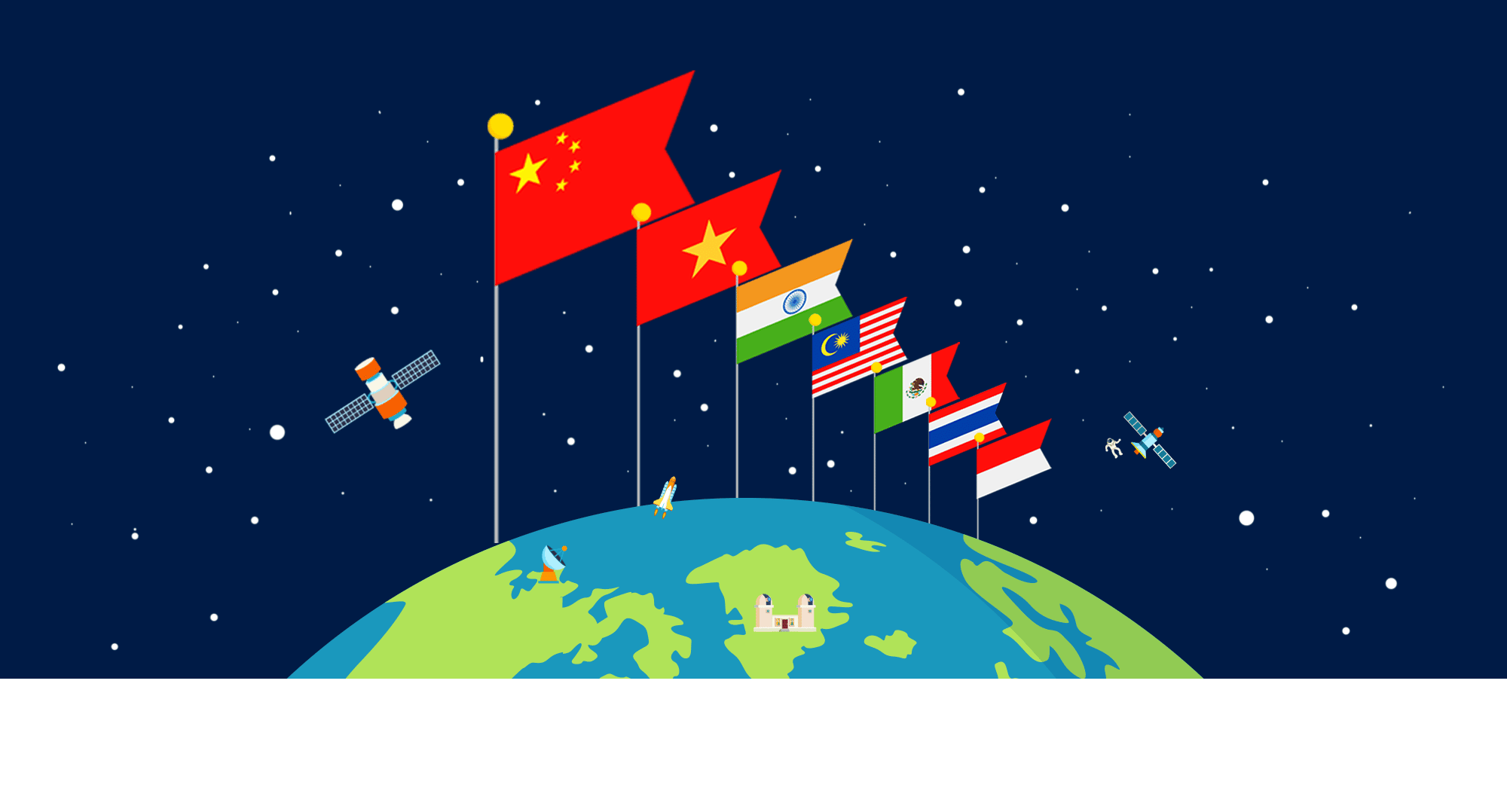
So you’ve found a great product in a profitable niche, but where in the world should you import your rockstar product from?
Contents
What Is Private Labeling?
First, a quick recap on private labeling.
Private labeling is when you buy a low-cost off-the-shelf product (usually from an offshore supplier), make light changes to it, and sell it under your own private label brand—Amazon alone sells over 150,000 private label products.
In contrast, drop shipping is when you buy a manufacturer's product and resell it without slapping on some branding, while white labeling is when an off-the-shelf product is offered by a manufacturer to more than one brand or retailer.
| Private Labeling | White Labeling | Drop Shipping | |
|---|---|---|---|
| How it's done | Selling off-the-shelf products from the manufacturer exclusively under a private label | Selling products that the manufacturer also offers to other retailers | Reselling a manufacturer's products without any branding of customization |
| Required capital | $$$ | $$ | $ |
In private labeling, the value added by customizing the product and developing your brand often results in higher margins. In that sense, it's more sustainable than most other e-commerce business models.
If you’re looking to start your own Amazon FBA private label brand, be sure to check out our in-depth guide here.
Once you’ve found that rockstar product, the next step is to scour all available sources and find the right supplier.
Let’s take a look at the best places in the world to source private label products from.
China
China is not called the factory of the world for nothing, so it naturally tops our list of the best countries to source private label products from.
China has:
- the second largest economy in the world, next to the USA;
- the most advanced import-export infrastructure in Asia;
- a billion-strong workforce (okay, 778 million); and
- decades of experience in manufacturing.
Why Should You Source from China?
China’s biggest one-two punch is its skilled and massive labor force coupled with its mature manufacturing infrastructure.
What this means for sellers is that it’s easier to find a supplier for pretty much anything in China than anywhere else in the world.
Its experience in both low-cost and high-tech manufacturing also means shorter lead times and simpler supply chains.
Additionally, it’s very easy to find suppliers on Alibaba, whereas it takes a bit more time and patience to find suppliers in other countries.
Why Should You Source Outside of China?
If China is that good for private label sellers, why look for suppliers elsewhere?
China and the US have locked horns in a trade war that won’t be going away anytime soon. The high tariffs and trade barriers slapped by the US on China (and vice-versa) could be a pain in the butt for e-commerce sellers.
Secondly, labor costs in China have soared over the past decade, so much so that some Chinese companies themselves have moved part of their production to nearby countries like Vietnam in order to cut costs.
Other problems include growing environmental concerns and non-compliance with labor standards.
Pros and Cons of Sourcing From China
Importing from China is the go-to option for many e-commerce sellers, and it will be for the immediate future, but it’s not without a couple of drawbacks.
Sourcing From China Pros
- Chinese factories can supply pretty much anything (including highly-customized products)
- Shorter lead times due to decades of experience in manufacturing
- Large and high-skilled labor force
- Very easy to find suppliers (Alibaba, Canton Fair, etc.)
Sourcing From China Cons
- On-going trade war with US
- Rising labor costs
- Language and cultural barriers
China + 1 Strategy
It means exactly what comes to mind when you read it. The concept is to not put too many of your eggs in the China basket.
To combat the rising production costs in China, some companies have moved the low-tech portions of their supply chains elsewhere, while keeping the high-tech portion within mainland China.
If you’re selling a product with multiple parts or are carrying multiple products under your brand, adopting the China + 1 model might be the way to go.
#1 Vietnam
The next China is a phrase that’s thrown around often in e-commerce, and Vietnam is usually found in the same sentence.
It is currently what China was a couple of decades ago—it has:
- Low-cost labor;
- Low-tech manufacturing;
- A similar form of government.
Amid the US-China trade war, US imports from Vietnam rose by over 40 percent, while those from China dropped by roughly 14 percent.
Why Should You Source From Vietnam?
Vietnam is one of the biggest manufacturing hubs in Southeast Asia. Its labor is 2x cheaper than China’s ($2.99/hour, compared to $6.5/hour for China).
It also sits right next to China, and it has at least four well-developed ports facing the South China Sea, an economic hotspot in the region. This makes importation of raw materials from its much larger neighbor easier than from anywhere else.
The Land of the Blue Dragon also has a fairly good track record in quality. Some big name brands like Nike and Samsung have outsourced a good chunk of their supply chains to Vietnam. Apple supplier Foxconn has jumped on the Vietnam bandwagon as well.
It is part of free trade agreements like ASEAN (Association of Southeast Asian Nations) and the EU-Vietnam agreement, which, for sellers, means that Vietnam factories are obliged to comply with stringent manufacturing standards.
Vietnam’s biggest exports include:
- Electronics
- Garments and textiles
- Footwear and headwear
- Food and beverage
Incidentally, these are among the top Amazon product categories as of 2020.
Sourcing From Vietnam vs. China
From the point of view of someone looking to source private label products, here’s a quick comparison of Vietnam and China:
| Sourcing From Vietnam | Sourcing From China | |
|---|---|---|
| Labor cost | Much cheaper | Costs have risen in recent years |
| Labor force | Relatively small | Massive labor force |
| Infrastructure | Mostly small-scale factories | Large, high-tech factories; Advanced import-export infrastructure |
| Complexity of product | Specializes in labor-intensive and simple products | Can produce highly-customized products due to high-skilled labor |
| Trade policies | Liberal policies | Much stricter than neighboring countries |
#3 India
India is sometimes called the mightiest of the MITI-V (cleverly read as “Mighty Five”), which are the five Asian countries set to replace China as the world’s factory floor—or at least pick up some of its slack.
The other countries are Malaysia, Thailand, Indonesia, and Vietnam.
It’s similar to China in a couple of ways:
- It has a massive population (1.3 billion as of 2019) and an active labor force;
- It has decades of experience in low-cost manufacturing.
Why Should You Source From India?
India is the sixth largest manufacturing country in the world. Its labor cost is roughly 6x cheaper than China’s.
That being said, it’s workers are not as skilled as China’s, so it cannot yet compete in terms of high-level manufacturing.
This could be a blessing and a curse for India, though.
As China’s manufacturing industry continues to scale into high-tech territory with initiatives like Made In China 2025, India could pick up its slack in low-cost manufacturing.
English is also an official language in India. It could be easier to negotiate with Indian suppliers than those based in China or Vietnam.
Moreover, Indian manufacturers have a better history with protecting Intellectual Property (IP) than their Chinese counterparts—counterfeiting is prevalent among Chinese suppliers.
It is also among the top digital nations, and experts say that India could be looking at a huge chunk of the market for electronics assembly in the years to come. Big brands like Huawei and Apple have started to invest in or build their own factories in India.
Heck, even Flipkart (which is owned by Walmart) and Amazon have moved most of their private label manufacturing in India.
Related Podcast Episode: E232 : How To Source From India with Meghla Bhardwaj of Global Sources
For sellers, the ideal private label categories to source from India include:
- Textiles
- Home decor and handicrafts
- Jewelry and accessories
- Mobile phones and electronics
- Eco-friendly products
- Leather
What are the Challenges of Sourcing From India?
India lacks the infrastructure that China boasts. Its manufacturing is composed of a lot of mom-and-pop factories.
This disjointed industry is a big roadblock to scaling your production. But for start-ups, Indian suppliers are happy to offer low MOQs to win your business.
Labor in India is also not as skilled as in China, but its significantly lower price is very appealing if you’re looking to private-label labor-intensive products.
What is Make in India?
India is propping itself up to be the next big global player with Make in India, a government initiative designed to transform the world’s largest democracy into a global design and manufacturing hub.
According to the Indian government, the campaign has resulted in driving foreign direct investment, innovation, and protecting Intellectual Property.
#4 Mexico
All other entries on this list are from Asia, but it’s possible to look no further than North America to find suppliers.
Why Should You Source From Mexico?
For private sellers based in the United States, Mexico’s biggest selling point is its proximity to the US. This means lower shipping costs and shorter lead times.
Its shared border with USA will also enable sellers who are based in the US or Canada to be more hands-on in the production process to ensure product quality.
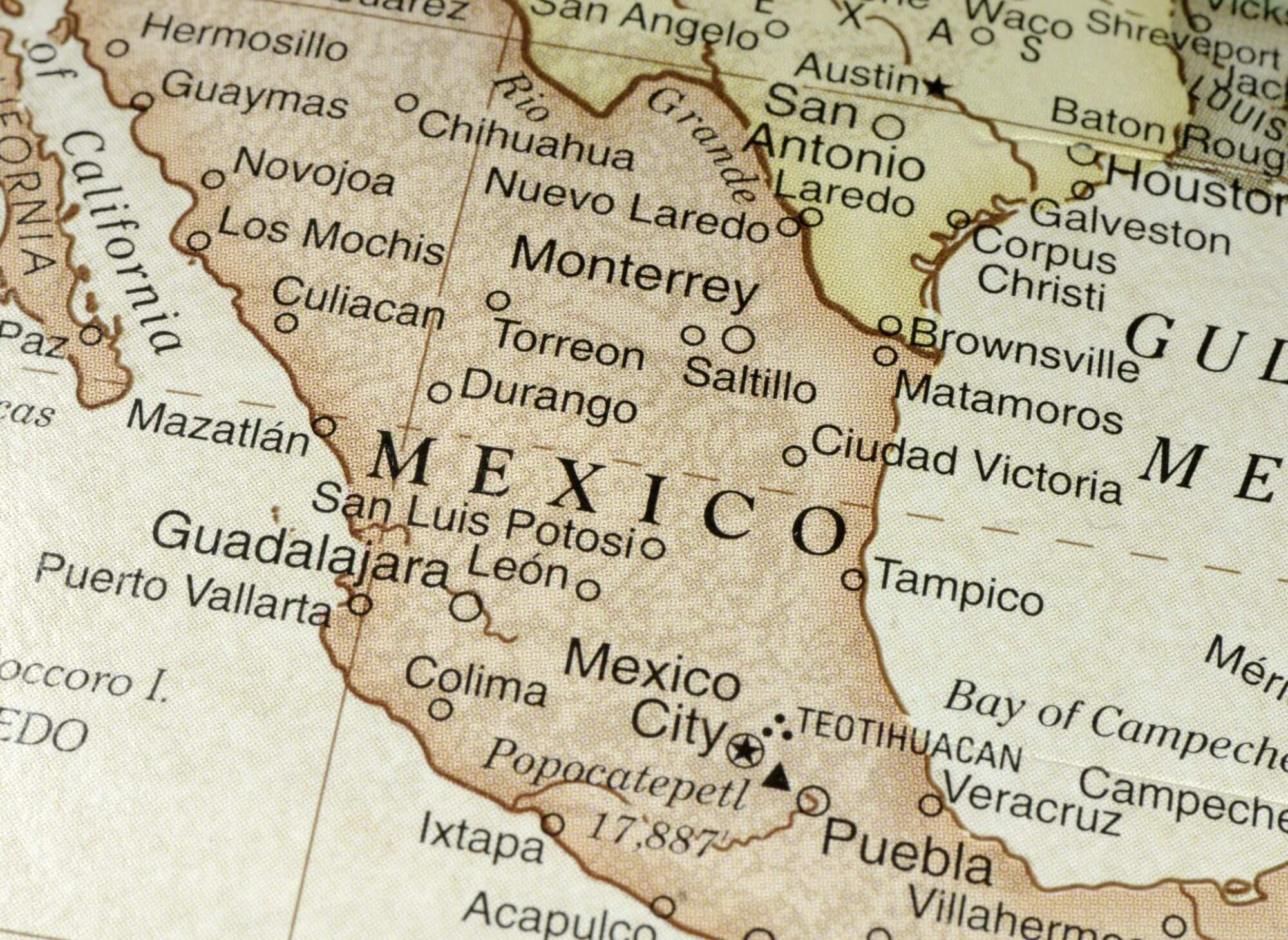
On top of that, you have the United States-Mexico-Canada Agreement (formerly the North American Free Trade Agreement or NAFTA), which aims to remove tariffs and make doing business much easier across the three countries.
Labor costs in Mexico are significantly lower than in China, but not quite as low as in India and in Southeast Asia.
Mexico’s manufacturing industry specializes in:
- Medical devices
- Metals
- Textiles and garments,
- Leather (Leon, Mexico is the shoe capital of the world)
- Consumer goods
#5 Thailand
The Land of Smiles is characterized by a mix of agricultural production and high-tech manufacturing.
It is a key beneficiary of the Belt Road Initiative, a China-led campaign to develop infrastructure and accelerate economic growth across what is historically known as the Silk Road.
Why Should You Source From Thailand?
For private label sellers, Thailand could be a solid choice for food and beverage products, electronics and machinery, and rubber-based products (It is the largest producer of natural rubber in the world).
One downside to Thailand is that it has a very high labor cost, so trying to source labor-intensive products from there might be a bad idea.
Some specializations that could make Thailand a great destination for private label sellers include:
- Rubber
- Food and beverage
- Cosmetics
- Electronics and machinery (computers and appliances)
Other Options
Now you know the top countries for sourcing private label products. Here are a few other picks that you could also look into.
The MITI-V
The rest of the MITI-V or “Mighty Five” (Malaysia and Indonesia) could also be good choices for sourcing your private label products.
Malaysia is a rich nation and is among the highest-ranked countries in the region in terms of ease of doing business.
Indonesia (and the Philippines, for that matter) is a fledgling archipelagic economy with a dense population that it can leverage to offer competitive labor costs.
Other Places with Low-cost Labor
Countries like Pakistan and Bangladesh offer relatively cheap labor as well.
One thing Pakistan has going for it is it’s economic partnership with China. The China-Pakistan Economic Corridor or CPEC and China’s other investments in the Middle East have contributed a lot to its development in recent years.
It could be a viable destination for those looking to private label garments, food products, and apparel.
Bangladesh is also a solid choice for low-cost manufacturing, but it exports pretty much just garments and textiles. You’ll have an extremely hard time finding a reliable supplier for other product categories.
Sourcing Domestically
Sourcing private label products domestically is pricier than offshoring, but it does make sense in some cases.
If your focus is on product quality and brand building, sourcing domestically is the way to go. It’s easier to oversee production when working with a local supplier, and consumers will often regard locally manufactured products as higher in quality.
Sourcing locally also means shorter supply chains and potentially better relationships with your suppliers. Plus, you won’t have to learn the import-export policies of another country.
How to Find Suppliers Outside of China
Going Online
For the most part, you’ll be able to connect with suppliers through online directories, the most popular being Alibaba and Global Sources.
You can find suppliers based outside of China on those sites, but there are also websites that offer a selection of manufacturers and trading companies for specific countries.
A couple of big ones for India are TradeIndia and Exporters India.
Vietnam Export is a good place to start if you’re looking to source from Vietnam, while ThaiTrade lists suppliers based in Thailand.
There’s a plethora of these online platforms out there, so you will do well to look suppliers up on Google.
Searching for suppliers online is a great way if you're looking to source domestically, since local manufacturers do not really use online platforms, although there are Alibaba-esque sites for US suppliers.
Attending Trade Shows
This option takes a bit more effort, but it can be just as effective.
Attending trade shows (hopefully we can again soon) is a good way to get some facetime with potential suppliers and instantly build rapport.
Keep in mind that there are general events, such as India’s Chandigarh Mega Expo, and there are also regional, industry-specific events like the Mexico’s International Furniture Expo and Vietnam’s Textile and Garment Exhibition.
Getting Referrals
Finding suppliers through word of mouth is also something to consider, especially if you’re sourcing domestically.
Try to take advantage of your professional connections or be active on social media to find a company you can work with.
Suppliers referred by your peers are often reliable and can generally produce high-quality products, but always do your own due diligence.
Working with Sourcing Agencies
Sourcing agents or companies can eat into your wallet, but they remove much of the leg work in finding suppliers.
They usually have a solid network of great suppliers and they can weed out bogus companies easily. Working with a sourcing agent can also help you ensure that your products are made as intended.
If it makes sense for your business, as when you want to focus on developing your brand, consider outsourcing the supplier research process to professionals.
Conclusion
Finding the right country to source your private label products from can be a tedious process. There’s no one-size-fits-all.
However, knowing each country’s expertise, related labor costs and infrastructure, and how they measure against the current yardstick (China) is a surefire way to get the ball rolling.
Did we miss a good place to source private label products from? Let us know in the comments down below.
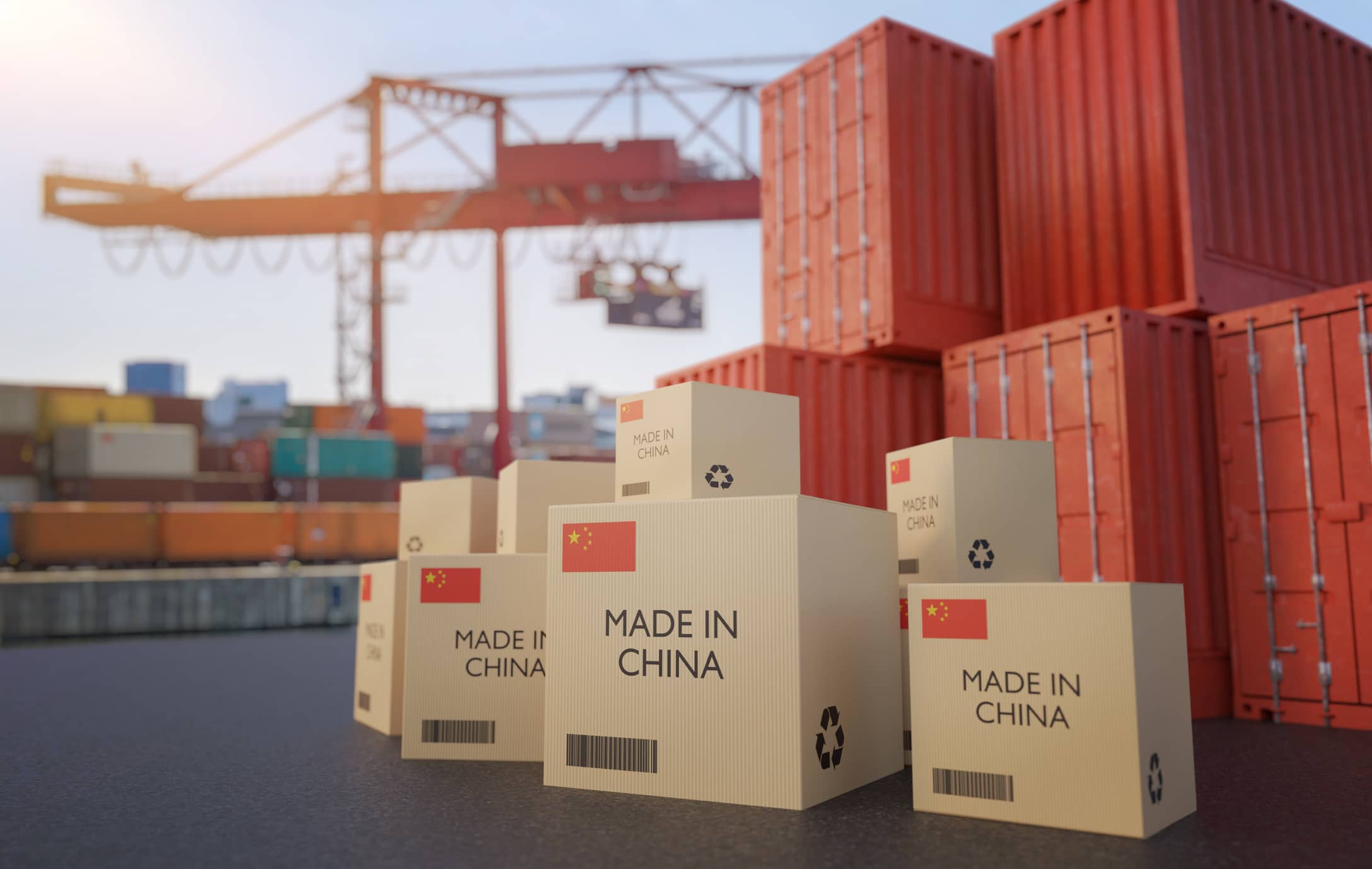
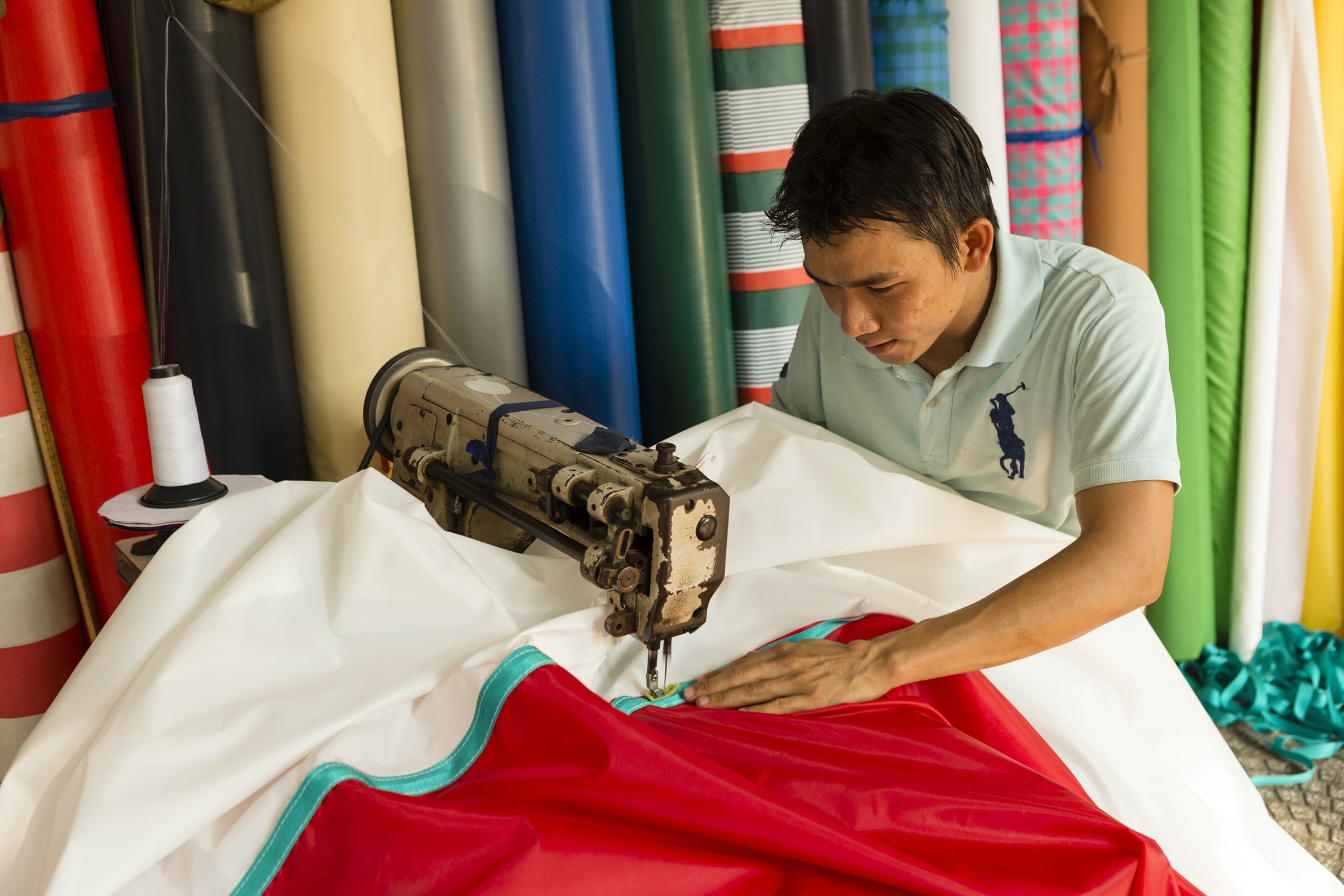
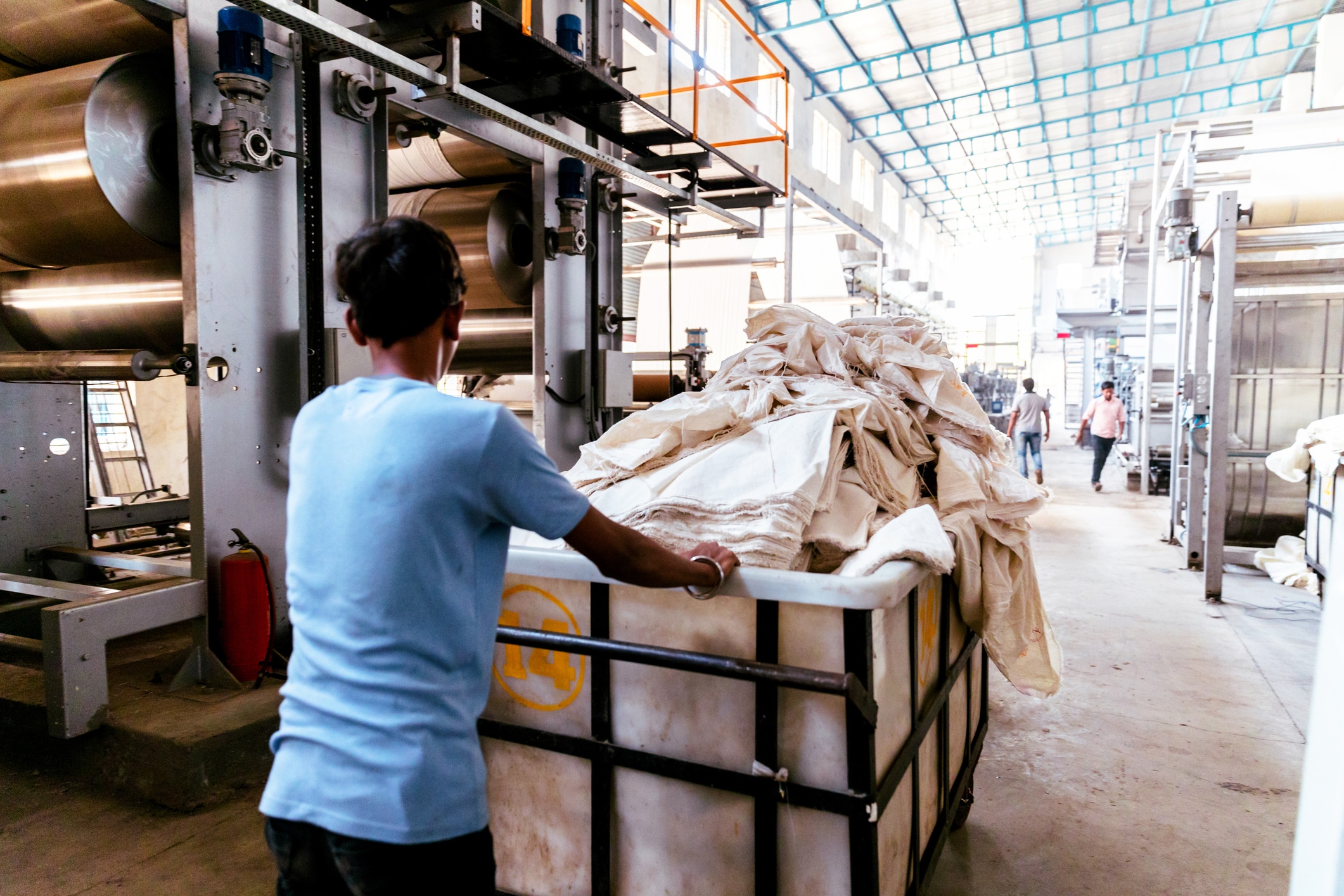





This blog is definitely helpful and informative. Great
It’s helpful.
right articles
nice
good sharing
very good content
Thanks for sharing
Amazing blog! Interesting post
great post
good list of sites and i hope all of them still work fine
Thanks for sharing such a valuable post.
Glad it helped!
Keep up the great work!
Thanks!
nice conent
Thank u for sharing
Mexico is is North America!
Right! Article’s been updated. Thanks for spotting that :)